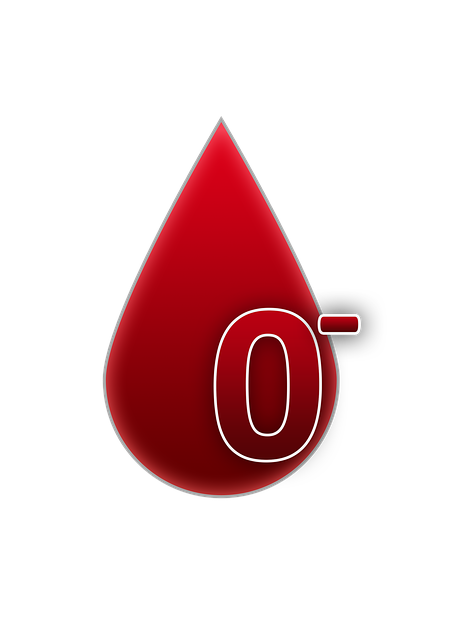Iron deficiency anemia, characterized by low healthy red blood cells, has subtle signs and is diagnosed in the UK via simple blood tests measuring hemoglobin, ferritin, and vitamin D levels. Vitamin D, essential for iron absorption, is a key focus; deficiencies are common and can exacerbate anemia, especially among gut health issues or malnutrition risks. After a UK Vitamin D Blood Test, healthcare providers analyze results to determine if anemia is present and, if so, use additional tests to pinpoint causes (e.g., blood loss, poor absorption, diet). A personalized treatment plan follows, addressing dietary changes, supplements, or medical interventions for underlying conditions.
In the UK, iron deficiency anaemia (IDA) is a common health concern. Understanding IDA and its diagnosis through blood tests is crucial for effective management. This article delves into the process, exploring how vitamin D, essential for iron absorption, plays a role in UK vitamin D blood tests. We’ll guide you through interpreting results and the next steps after a blood test, empowering you to take charge of your health.
- Understanding Iron Deficiency Anemia and Blood Testing
- The Role of Vitamin D in Iron Absorption
- Interpreting Results and Next Steps After a Blood Test
Understanding Iron Deficiency Anemia and Blood Testing
Iron deficiency anemia is a common blood disorder where the body lacks enough healthy red blood cells, which are responsible for carrying oxygen throughout the body. This condition can result from various factors, including iron-deficient diet, blood loss, or impaired iron absorption. Understanding the symptoms and underlying causes is crucial in effective management, especially as it often goes unnoticed due to subtle early signs.
In the UK, a simple blood test is commonly used to diagnose this condition. The test measures the level of hemoglobin (Hb) in your red blood cells and may include a full blood count (FBC) to assess various components of your blood. Additionally, some tests might check for ferritin levels, a protein that stores iron in the body, helping to identify potential deficiencies. A UK Vitamin D Blood Test is also relevant as vitamin D plays a role in iron absorption, so imbalances may contribute to anemia.
The Role of Vitamin D in Iron Absorption
Vitamin D plays a crucial role in iron absorption, making it an essential nutrient to consider when testing for iron deficiency anaemia. In the UK, a Vitamin D blood test is often included as part of routine checks, as deficiencies are common and can impact iron levels. When vitamin D levels are low, it hampers the body’s ability to absorb iron from food sources, leading to potential anaemia. This relationship is particularly significant for individuals with compromised gut health or those at higher risk of malnutrition.
Research suggests that optimal vitamin D levels can enhance iron absorption and reduce the risk of anaemia. Therefore, a comprehensive approach to managing iron deficiency may involve addressing both iron intake and vitamin D status through dietary changes and, if necessary, supplementations.
Interpreting Results and Next Steps After a Blood Test
After your UK Vitamin D Blood Test, it’s crucial to understand the results and take appropriate action. If iron deficiency anemia is suspected, your healthcare provider will interpret the test outcomes based on various factors such as hemoglobin levels, ferritin (a storage form of iron), and transferrin saturation. A low hemoglobin count, especially when accompanied by low ferritin or reduced transferrin saturation, strongly suggests iron deficiency.
The next steps typically involve further evaluation and management. Your doctor might recommend additional tests to confirm the diagnosis and identify potential causes, such as blood loss, poor absorption, or diet deficiencies. Based on these findings, they will create a personalized treatment plan which could include dietary adjustments, supplements, or, in some cases, underlying conditions requiring specific medical interventions.
Iron deficiency anaemia, often caused by low vitamin D levels, can be effectively diagnosed and managed through simple blood tests. By understanding the importance of these tests and interpreting the results accurately, individuals in the UK can take control of their health. A vitamin D blood test is a crucial step towards ensuring optimal iron absorption and overall well-being.
